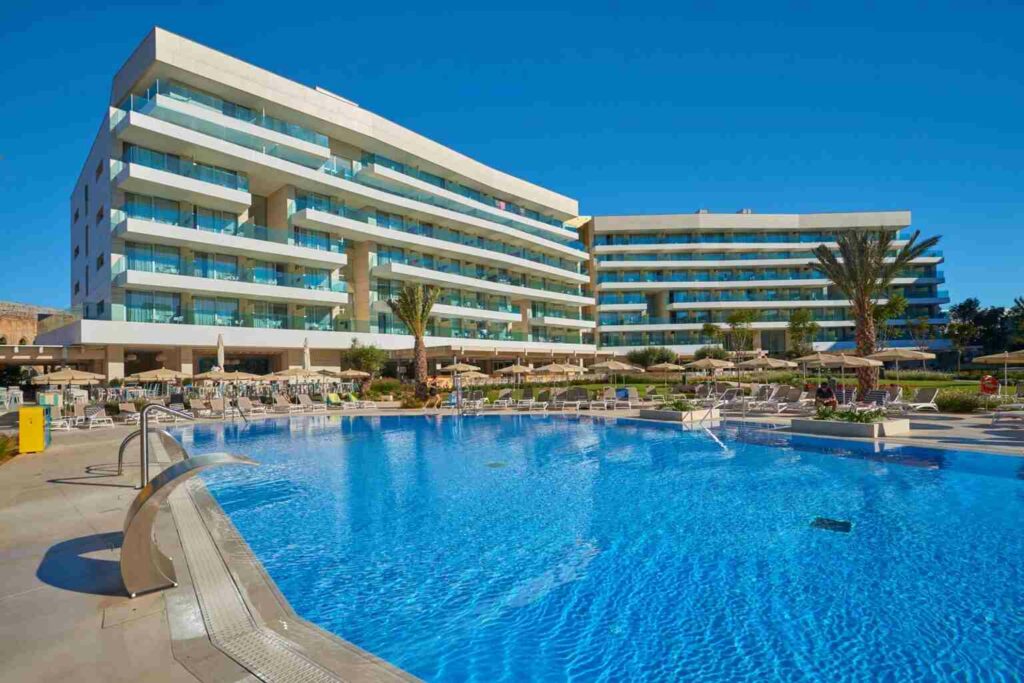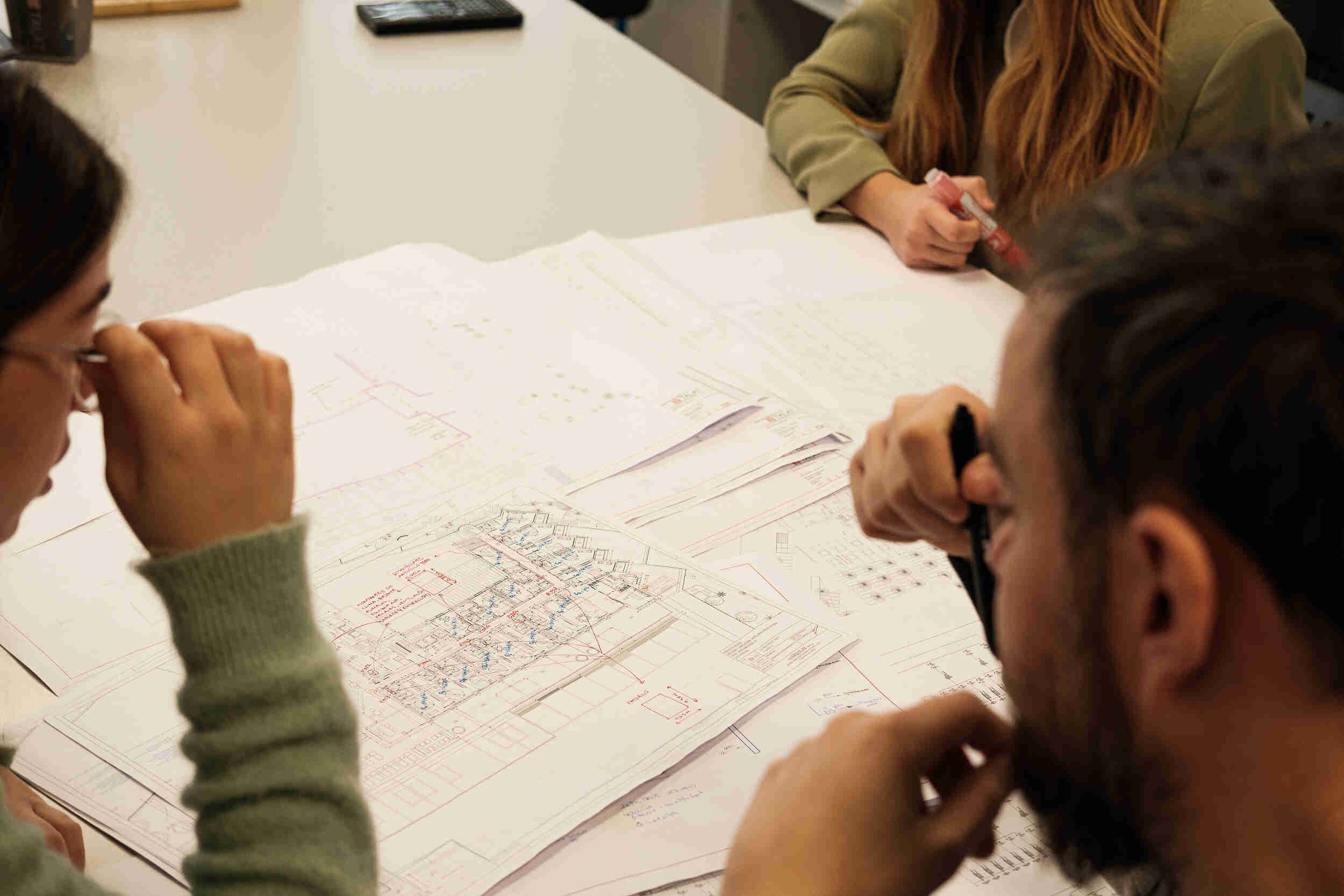The environmental need to reduce the use of fossil fuels has encouraged the innovation of new ways to generate more responsible air conditioning. This has led to an increase in green facilities and to the development of new technologies in the air conditioning systems of buildings to make them more efficient. One of the cases of such innovations are the geothermal or the aerothermal.
To protect the environment, several regulations are being launched by the European Union. For example, as early as 2013, with the Order FOM/1635/2013The Basic Document DB-HE "Energy Saving" was updated to introduce new measures in the Technical Building Code to help achieve the objectives set by the United Nations in its fight against climate change.
It should be borne in mind that energy consumption in buildings accounts for 40% of the total, so if CO₂ emissions derived from this consumption are to be reduced, it is necessary to find more efficient formulas. At the same time, we cannot neglect the need to meet the demands of users of these buildings and provide the thermal comfort standards that guarantee their well-being.
Both geothermal energy and aerothermal energy are two air conditioning and DHW systems capable of supply the energy demand of buildings in an efficient and effective manner, obtaining a minimum energy consumption and a reduction in greenhouse gas emissions. Both technologies are adapted to the technical specifications depending on the profile of the building (its use) and the climatic conditions of the location.
Geothermal energy and aerothermal energy are technologies that enable extracting energy from natural elements using a heat pump. These are therefore two systems with a single similar operation, although they are nourished by different energy sources. Basically, in the case of aerothermal energy, the energy is extracted from the ambient air; whereas, in geothermal energy, it comes from the ground.
What is aerothermal energy and how does it work?
Aerothermal energy is considered to be that which, based on the principles of thermodynamics, uses the energy of the ambient air to heat and produce domestic hot water (DHW).
For this purpose, a relatively simple circuit is used, consisting of three main parts: an outdoor unit that receives the ambient air, a heat pump that transfers the thermal energy to the interior (or the other way around if it is a reversible system, with heat exchanger, capable of functioning as cooling) and an indoor unit that distributes the heat throughout the installation.
From the primary circuit, the outside, the air is absorbed, and this comes into contact with a refrigerant fluid that passes through an evaporator that absorbs the thermal energy, transforming the liquid into a gaseous state. Then, the gaseous fluid passes through a compressor that increases its temperature and pressure, and the expansion valve forces this high temperature gaseous fluid to pass through a condenser where it gives up its energy and returns to its original state (liquid). The heat remains in the indoor unit after passing through the condenser, while the liquid returns through the circuit to the evaporator of the outdoor unit. Indoors, the heat is distributed depending on the chosen system: pipes, radiators, underfloor heating, water heaters, etc.
What is geothermal energy and how does it work?
The main difference between geothermal and aerothermal is the source of thermal energy, but the air conditioning system works in a similar way.
Geothermal energy is obtained from the inner layers of the ground or from groundwater. In Spain, it can be extracted from as little as 1.5 meters deep. This energy is maintained at practically the same temperature all year round, 10-15°C. However, in order to create more efficient systems, there are two types of geothermal installations:
- Horizontal or surface collector: its cost is lower, but it requires more land area for its installation, between 1.5 and double the area to be heated. It is possible to obtain heat from the ground from 60 cm (up to 5 meters), but the climate can affect its efficiency.
- By vertical or borehole collection: heat is obtained at a greater depth, which guarantees a constant temperature.
Except for the origin of the thermal energy source, the operation of a geothermal system is similar to that of aerothermal energy. Outside, there is a liquid refrigerant circuit that absorbs the heat that the collectors have extracted from the ground; its temperature rises in the compressor until it becomes gaseous and reaches the condenser, where the heat is extracted and goes to the internal circuit. When the heat is lost, the gas cools down and returns to the liquid state.
Comparison between geothermal and aerothermal energy
Given the way each system works, it is understandable that the main issues for choosing between geothermal and aerothermal energy are related to the cost of the installation and the characteristics of the location of the building to be air-conditioned.
The price of a geothermal installation, even if it is by horizontal collection, is higher than that of aerothermal energy, which means that more years are needed for its amortization. According to a recent study of the University of Cantabria, in a single-family dwelling with average consumption, the The aerothermal installation would be amortized in 9 years. For a geothermal installation, although its energy efficiency is higher, more would be needed.
It should be taken into account that the only energy consumption necessary in geothermal and aerothermal systems is to start up the system, basically the heat pump. In the case of geothermal energy, the thermal energy flow is more constant than in aerothermal energy, where the temperature differences, being ambient air, fluctuate. Therefore, the variation in the consumption of the heat pump in aerothermal energy is much greater than in geothermal energy.
However, it is also necessary to consider the maintenance expenses. In the case of aerothermal systems, these systems do not require much care, but in the case of geothermal systems, maintenance is practically nil.
Another advantage of extracting heat from the ground rather than from the outdoor environment is that drafts are avoided, which can be beneficial for people with allergies or respiratory problems. However, the main problem with this system is that, for its installation, it is additional land is required The heat pump is not a major component of the building, whereas with aerothermal systems only an extra space is needed to house the heat pump and little else. Even so, under the right circumstances, especially in large complexes, geothermal installations are a great option due to their practically zero energy consumption and high performance.
A good example of the advantages of geothermal and aerothermal systems can be seen in the installations that we have carried out for Hipotels Playa de Palma. Its open geothermal system, the largest in the Balearic Islands, moves one million liters of seawater per hour; this is combined with aerothermal energy and both are powered by solar energy thanks to the installation of photovoltaic panels. This integral system of air conditioning and electricity supply with renewable energies turns the buildings of this hotel complex into the most modern and comfortable of all hotels. buildings nZEBThe energy consumption is almost zero.

At TALATwe are recognized with the EcoXpert label and we develop projects in which sustainability and technological innovation to achieve greater efficiency are always present. To find out how you can apply it to your project from the very first moment, contact us. contact us and we will help you to achieve it.

